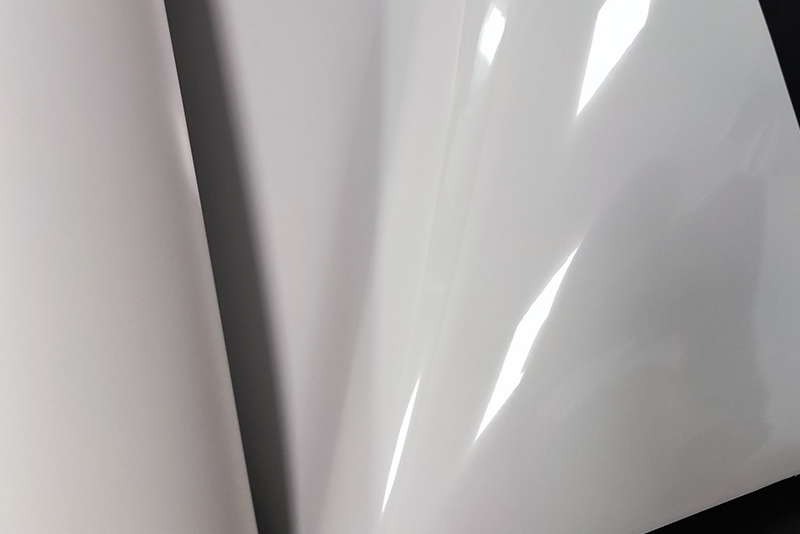PET backlit film, a versatile material widely used in advertising and signage, poses unique challenges when it comes to recycling and disposal. As environmental concerns grow, finding sustainable solutions for this material is becoming increasingly important. This article explores the various methods of recycling and disposing of PET backlit film, highlighting the importance of adopting eco-friendly practices.

Recycling PET backlit film presents several challenges:
Contamination: PET backlit film is often laminated with other materials, such as adhesives or protective coatings, making it difficult to separate and recycle.
Small-Scale Generation: PET backlit film is often generated in small quantities and from various sources, making it economically challenging to collect and process for recycling.
Limited Infrastructure: There is currently limited infrastructure in place to specifically recycle PET backlit film.
Recycling Methods
Despite the challenges, several methods can be employed to recycle PET backlit film:
Mechanical Recycling:
Shredding and Pelletizing: The film can be shredded into small flakes and then melted into pellets, which can be used to create new products.
Downcycling: The recycled material may be downcycled into lower-quality products, such as industrial packaging or non-woven fabrics.
Chemical Recycling:
Depolymerization: PET backlit film can be broken down into its constituent monomers through chemical processes, allowing for the creation of new PET products.
Energy Recovery:
Incineration with Energy Recovery: The film can be incinerated to generate energy, but this process must be carefully controlled to minimize emissions.
Disposal Options
When recycling is not feasible, proper disposal of PET backlit film is essential to minimize environmental impact:
Landfilling: While landfilling is a last resort, it should be done in accordance with local regulations to prevent contamination of soil and groundwater.
Incineration: Incineration with energy recovery can be a viable option, provided that emissions are carefully controlled.
Recycling and disposal of PET backlit film present unique challenges, but with the right approach, sustainable solutions can be achieved. By investing in research and development, promoting collaboration, and implementing effective policies, we can reduce the environmental impact of this versatile material and move towards a more circular economy.
